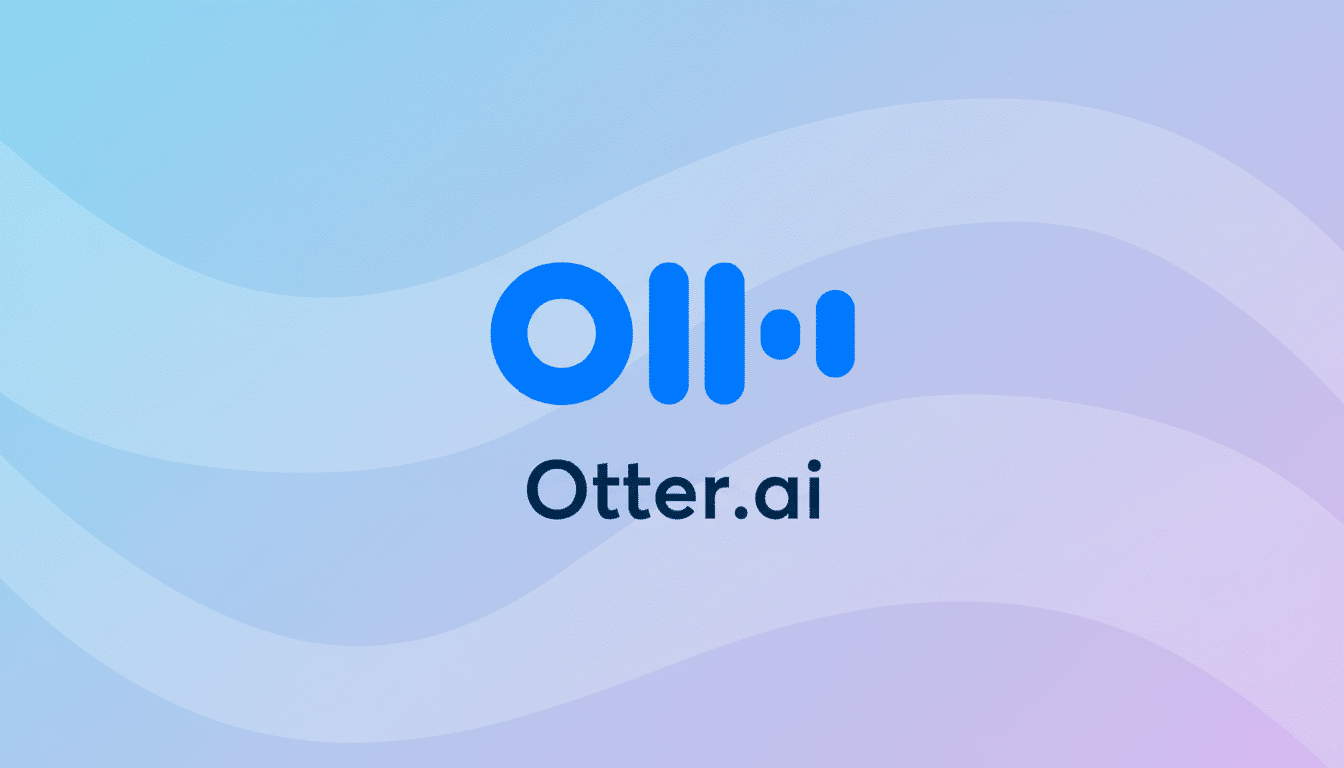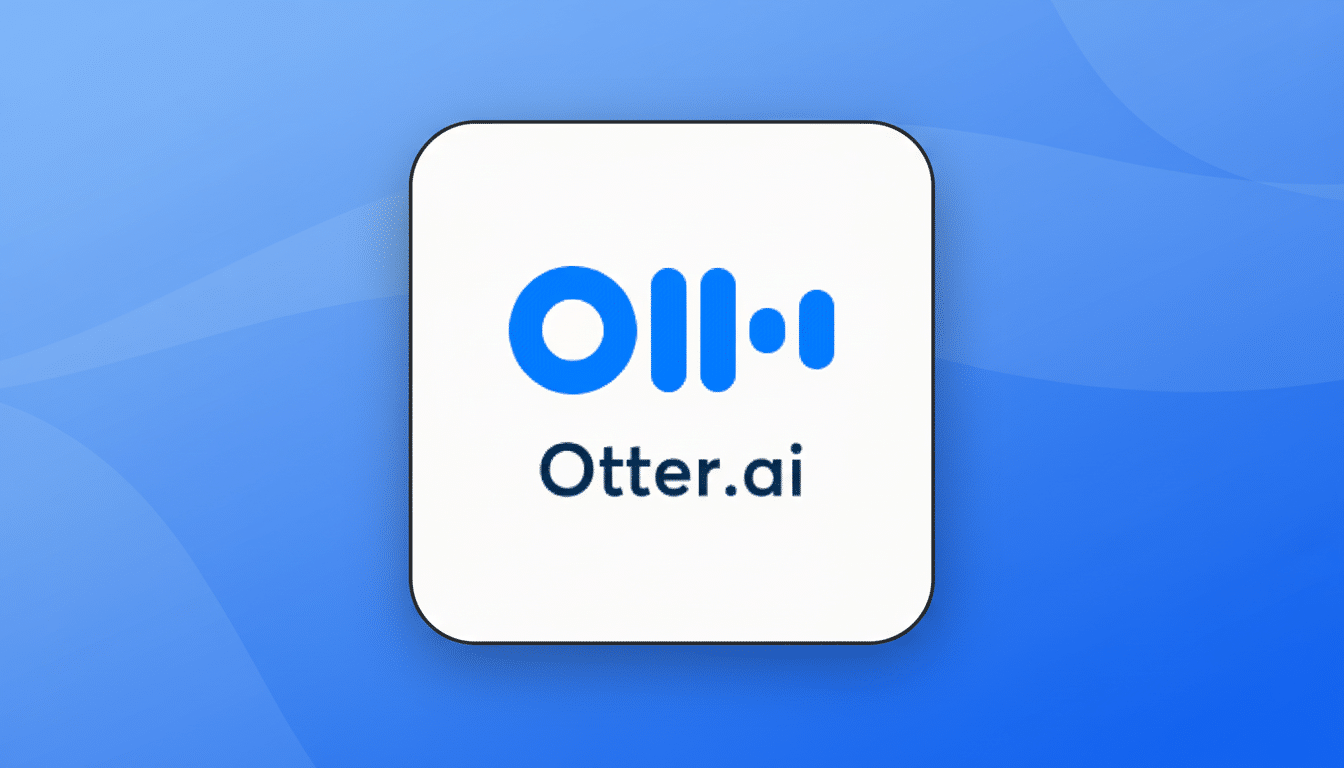Chatbots got the headlines, but the most interesting AI right now learns, and it accomplishes something. Now a new generation of task-first tools are transforming recordings into action items, calendars into living plans, drafts into publishable videos, and piles of research notes into tight summaries. It’s a transition from conversational curiosity to quantifiable productivity.
McKinsey estimates that activities accounting for 60–70% of employees’ time could potentially be automated with AI available today, while Gartner forecasts that by halfway through this decade most organizations will use generative AI APIs. The lesson: it’s all about execution. Here are five AI tools created to perform tasks, not small talk.
- Why Task-First AI Matters for Real Productivity Gains
- Otter.ai Turns Meetings Into Actionable Outcomes
- Reclaim Automates Your Calendar With Time Blocking
- Descript Takes the Sweaty Work Out of Video Editing
- Readwise Reader Supercharges Research and Reading
- SnapCalorie Logs Your Meals Without Typing Anything In
- Choosing the Right Tool for Your Most Pressing Tasks

Why Task-First AI Matters for Real Productivity Gains
Teams don’t need more chit-chat, and they certainly do not need another general-purpose bot. They need some time back and fewer manual steps. The set of tools below bakes in AI where work happens — meetings, calendars, timelines, reading queues, and health tracking — so output shows up where you are at the time you need it.
Otter.ai Turns Meetings Into Actionable Outcomes
Otter.ai automatically records real-time meetings on Zoom, Google Meet, and Microsoft Teams to create searchable transcripts, summaries, and action items highlighted with speaker attribution. Link lunch breaks up with a quick change of pace; collar one and it will auto-join scheduled calls, then sum points in minutes — a time-saver for cross-functional teams and lecture-heavy courses.
The real edge is retrieval. Ask Otter questions such as “We decided on Q4 budget?” and it returns the answer from hours of audio. Companies covet the audit trail for compliance; individuals want to stop scribbling frantically. There’s a free level with restrictions, and paid plans provide higher transcription volumes and collaboration controls.
Reclaim Automates Your Calendar With Time Blocking
Reclaim.ai is an intelligent time-blocking assistant that balances task lists and calendar events on the same, smart schedule. Enter a habit (e.g., “exercise three times this week”) or a to-do with a deadline, and Reclaim finds the best slots on your Google or Outlook calendar — then reshuffles things when priorities shift.
The ROI, for both managers and ICs, is fewer broken commitments and more focused blocks. It even provides booking links that let you preserve your protected time while cutting down on calendar Tetris. Claims of several hours saved per week with almost no configuration are common. There are free and paid tiers, the latter offering premium plans that increase lookahead windows as well as introduce team-oriented features.
Descript Takes the Sweaty Work Out of Video Editing
Descript treats audio and video more like an editable document. Upload a recording and you can trim clips by deleting sentences from the transcript to cut your footage, auto-remove filler words, shorten pauses, and clean audio. “Features like Eye Contact can subtly shift a gaze so it looks to the lens for written presenters,” he said.
This collapses the production cycle from hours to minutes, for creators and comms teams. You can even produce the missing lines with a trained voice model for fast pickups. Workflow speed is a competitive advantage, with Wyzowl reporting that 91% of businesses are using video in marketing. Descript’s free tier will help you get started; paid plans offer longer projects, higher-quality exports, and shared libraries.

Readwise Reader Supercharges Research and Reading
Reader records articles, PDFs, and ePubs; reads newsletters/RSS; and filters fuss and clutter to focus on your clean reading view. Its AI can help you summarize long articles, unpack dense paragraphs, and answer questions across your saved documents — perfect for when you’re poring over technical reports or policy briefs.
Knowledge workers can spend a sizable portion of their week merely discovering and synthesizing information. Highlights sync to your knowledge base and become queryable, so you can quickly pull “the three arguments for X” or “the study that supports Y.” There’s a trial period, followed by subscription-based pricing via Readwise, which also integrates with Kindle and note-taking apps.
SnapCalorie Logs Your Meals Without Typing Anything In
Calorie counting by hand is precise, but it’s tiring. SnapCalorie uses computer vision to recognize foods in a single photo and estimate portions so you can track macros automatically. It’s cofounded by alumni from teams that developed mobile vision systems, and the company says there have been in-house tests with an average error within about 20% — solid against a typical human estimate.
How good an image-based aid is really isn’t what counts for daily adherence; convenience does. For optimal performance, shoot meals in favorable light and approve suggestions. Apps in this category frequently package goal setting, weight trends, and habit coaching. Look for paid plans on the other side of the trial, with annual options that are cheaper than many full-stack coaching platforms.
Choosing the Right Tool for Your Most Pressing Tasks
Choose the pain point that hurts the most: meetings with no clear outcomes, a calendar gone amok, slow turnaround on video output, information overload from research requests, or adherence to your diet. Then run a two-week pilot with one tool, measuring time saved or outputs shipped. Check how much control you have over your data if and when you choose to port from the tool, as well as if it’s compatible with your internal tech stack.
The throughline is straightforward: the very best AI doesn’t require more attention — it returns it.
Rebase one high-friction workflow onto a do-first tool and you can feel the transformation from talking about work to actually getting work out.

